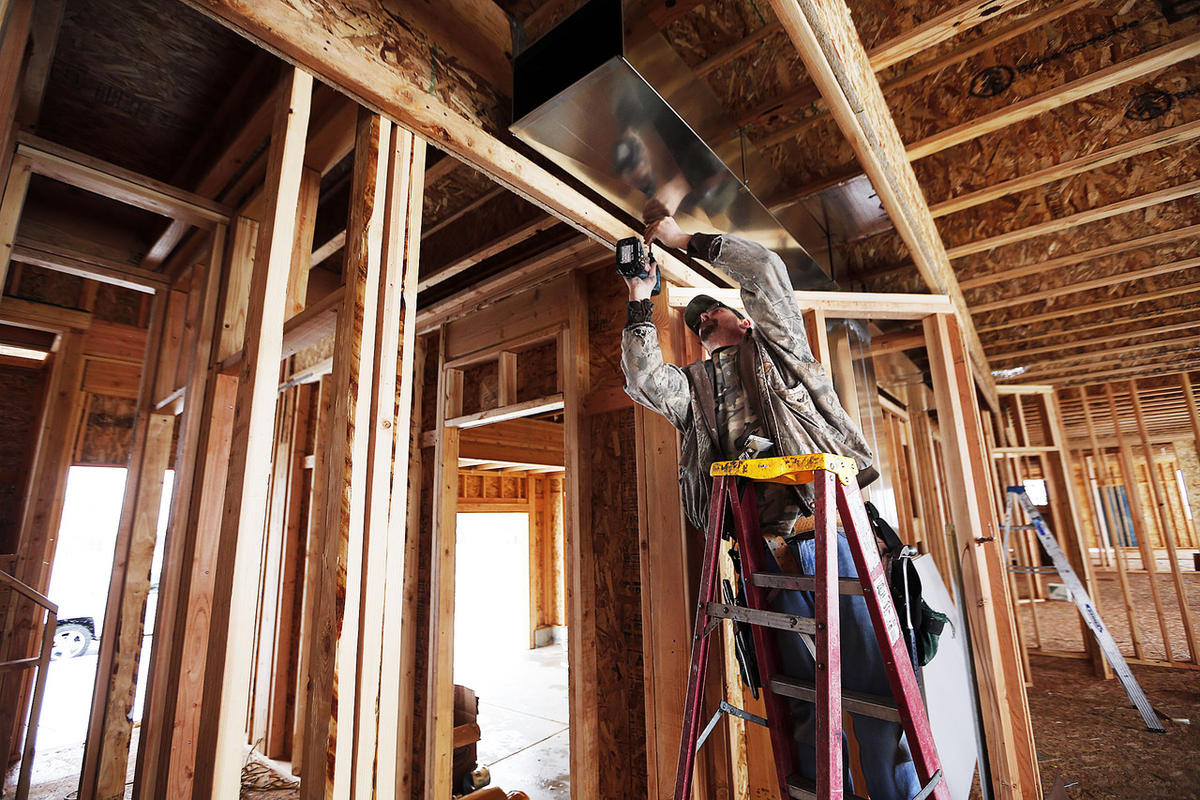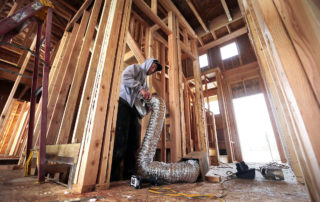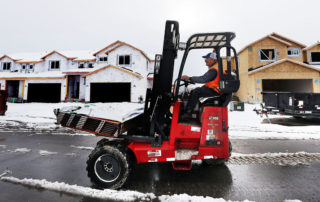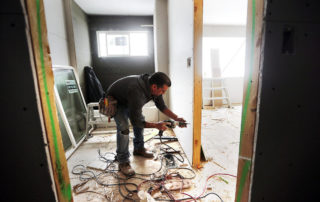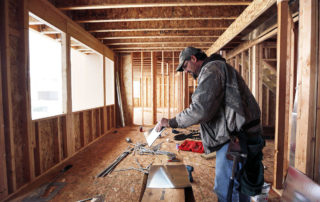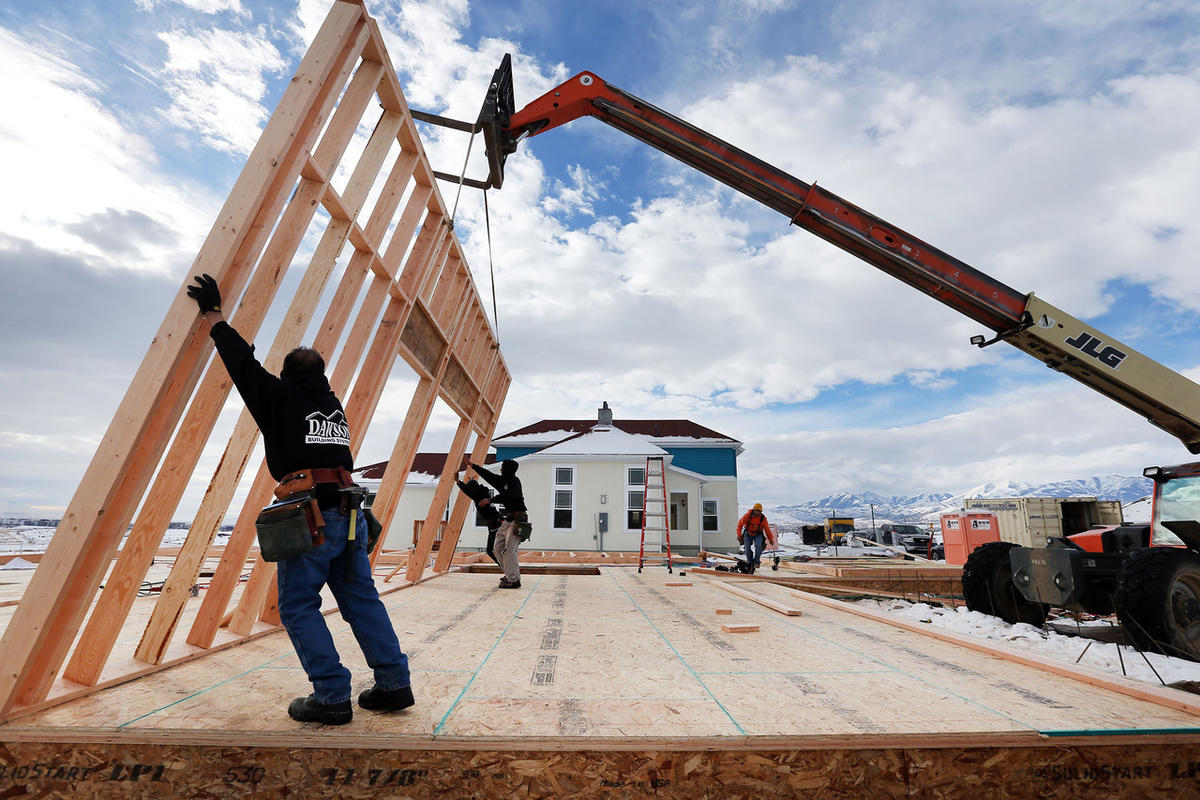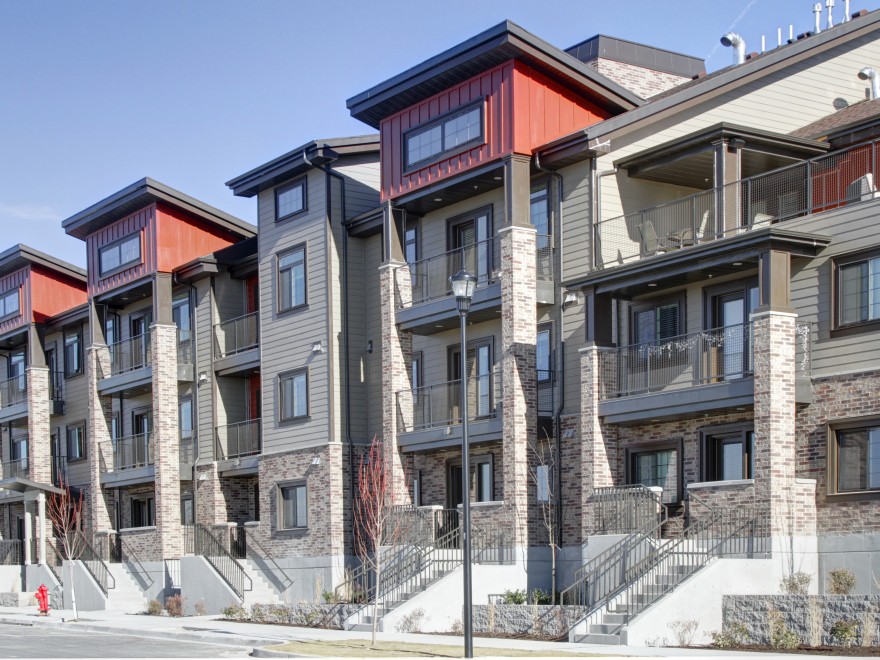SALT LAKE CITY — Finding a place that won’t strain your budget may become more challenging across the Salt Lake Valley as growing housing demand combines with a labor shortage, sending up the costs for a home, a new report indicates.
“The ability to deliver a new home under $200,000 in the Greater Salt Lake market is diminishing quickly,” said Eric Allen, director of Metrostudy’s Utah/Idaho region. “New home starts in this segment have decreased 17 percent compared to last year, while the majority of this activity is for attached product.”
According to Utah-based Metrostudy, Salt Lake builders reported a 17 percent jump in the volume of new home starts in 2016 over the 2015, for a total of 10,778 new units.
The survey also noted that were it not for a severe shortage of labor, the number of new homes built would have been even higher.
“New home production during 2016 was very strong, and while not back to peak levels, the market is definitely experiencing robust growth,” Allen said.
He also said builders are struggling to find enough skilled labor to build homes. Over the past eight years, the labor pool has thinned out significantly, he said.
“Since the recession, a lot of people have just left the (construction) business altogether,” he explained. “Even if (builders) wanted to hire more people, there just isn’t anyone to hire.”
Allen attributed some of the labor shortfall to the Trump administration’s tough immigration policies, which have impacted the undocumented immigrant population that often worked in a number of construction trades.
The threat of deportation may worry some laborers that would otherwise fill jobs on construction sites, he said.
“There are not as many people coming in from other countries,” Allen said. Additionally, the younger generation of the homegrown workforce doesn’t seem to be as interested in trade jobs, he said.
“The millennial generation that’s starting to come up (has) a much more high-tech mentality, so they don’t want to do labor,” Allen said. “They want to be on a computer in much more of a high-tech industry. It’s hard to get those type of people to come into the market.”
Despite the skilled worker shortage, new home starts are up 24 percent so far this year, the report stated.
“With only 23 percent of all new homes built in the last year priced under $300,000, affordability is an area for concern as buyers continue to get pushed out of the market,” said Allen. “Affordability is going to get squeezed as prices go up.”
He added that with the pressures of high land prices, low labor and high demand from out-of-state buyers, controlling costs would be challenging for homebuilders. The market for entry-level buyers is being heavily affected, the report stated.
In the last year, the volume of attached housing units rose 15 percent in the $200,000 to $250,000 price range, with 70 percent of homes in the segment are for attached units or town houses. The biggest increase occurred in the $350,000 to $400,000 price point and the $500,000 to $800,000 segment, both of which climbed 35 percent year-over-year, Allen said.
Data indicated the current median price for a new single-family home was $348,500 — up 3 percent from last year; for new attached properties, the median was $233,000 — a 5 percent hike over last year.
Meanwhile, the state’s brisk population growth has also contributed to the housing shortage, said Jim Wood, economist and senior fellow at the University of Utah’s Kem C. Garner Policy Institute.
For the first time in 40 years, the rise in households in Utah exceeds the number of new housing units, he said, resulting in all segments of the housing market reporting strong demand and inadequate supply.
He also notes that new homebuilders have virtually no unsold inventory and are currently producing at peak capacity.
“Builders face three serious supply bottlenecks: labor shortage, high land prices, and municipal zoning, fees and regulations,” he said. “Builders would be hard-pressed to ramp up much beyond current levels of construction.”
With that in mind, he said 2016 was the best year for sales in the Salt Lake County real estate market in a decade, and 2017 should be similarly robust. Echoing Allen’s sentiments, going forward, higher home prices will make affordability an issue, Wood said.
He said how much declining affordability affects consumer demand has yet to be determined, but it likely won’t be enough to change the upward trajectory of home sales and prices this year.
“Overall, it’s going to be a tight market for buyers and renters,” Wood said. “Prices aren’t going to come down. Interest rates aren’t going to come down, and availability is not going to improve much.”

